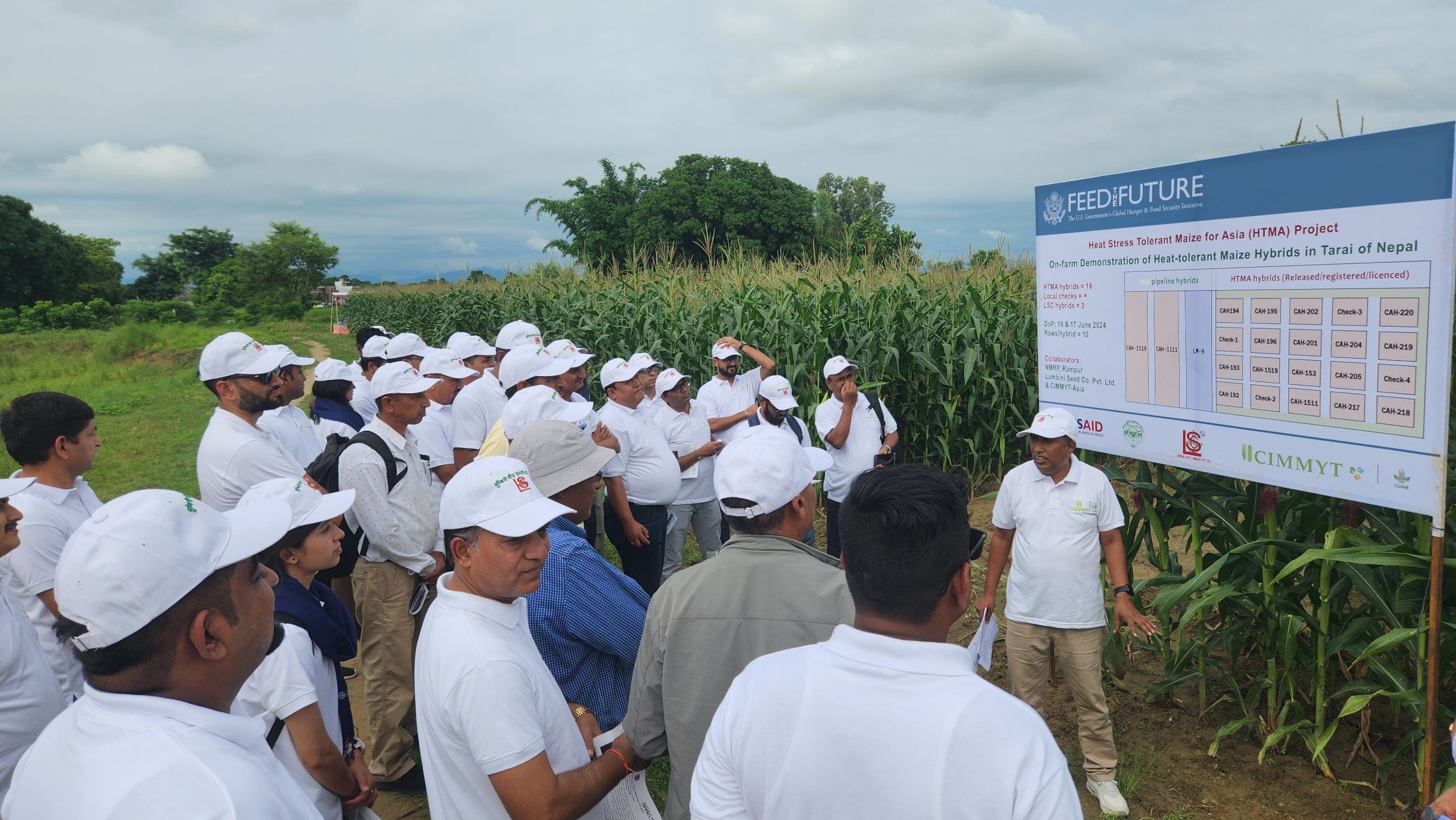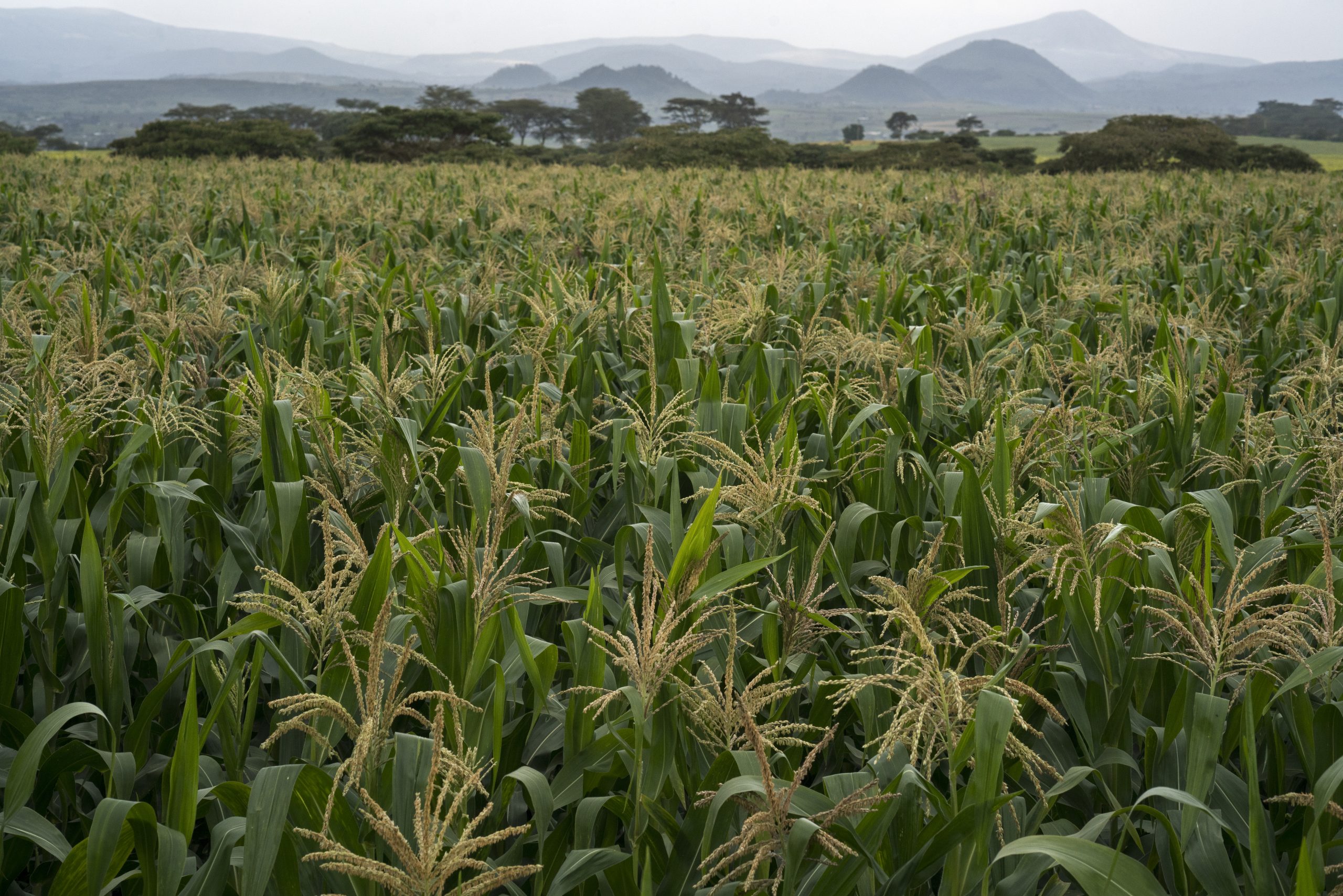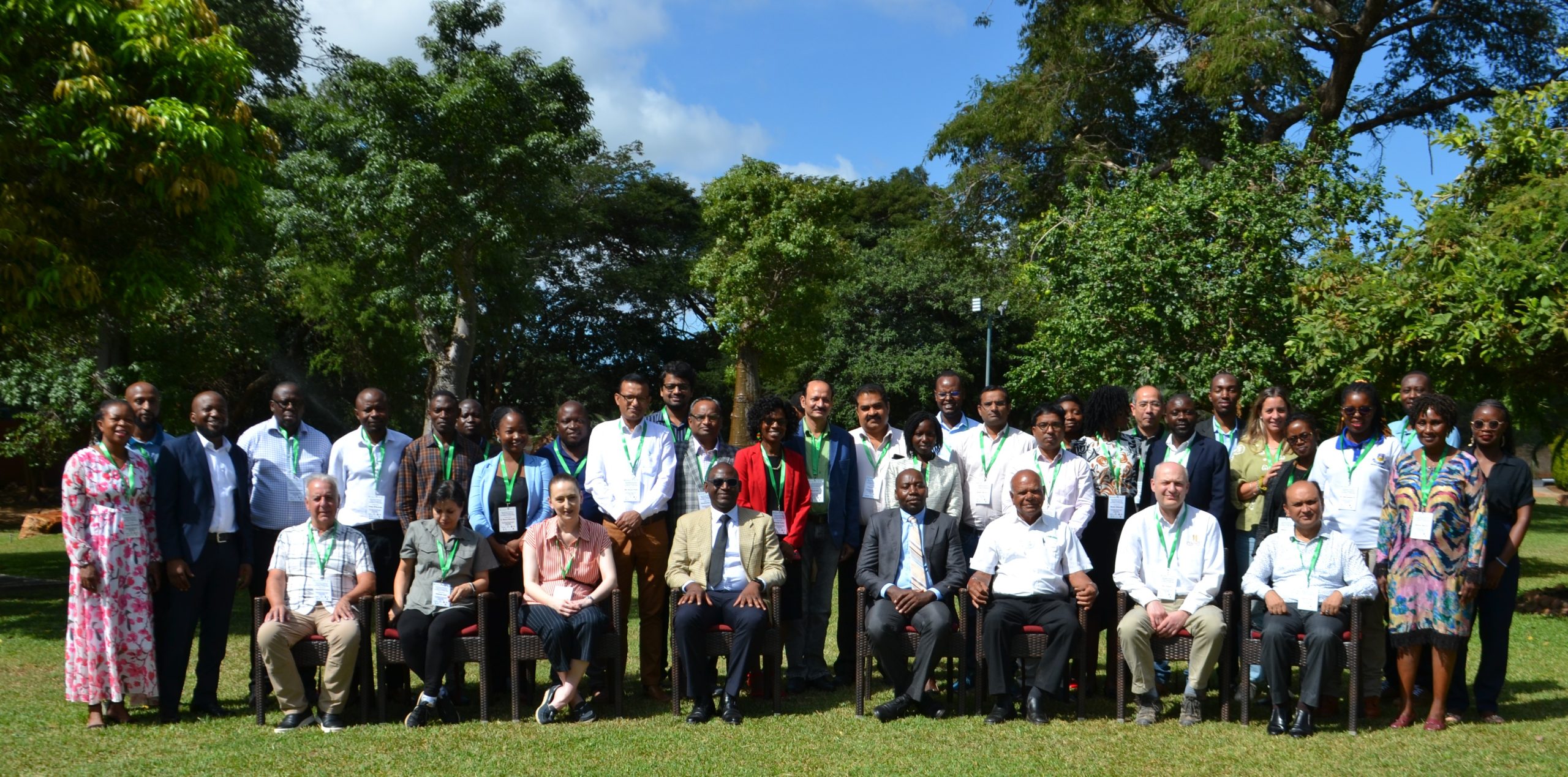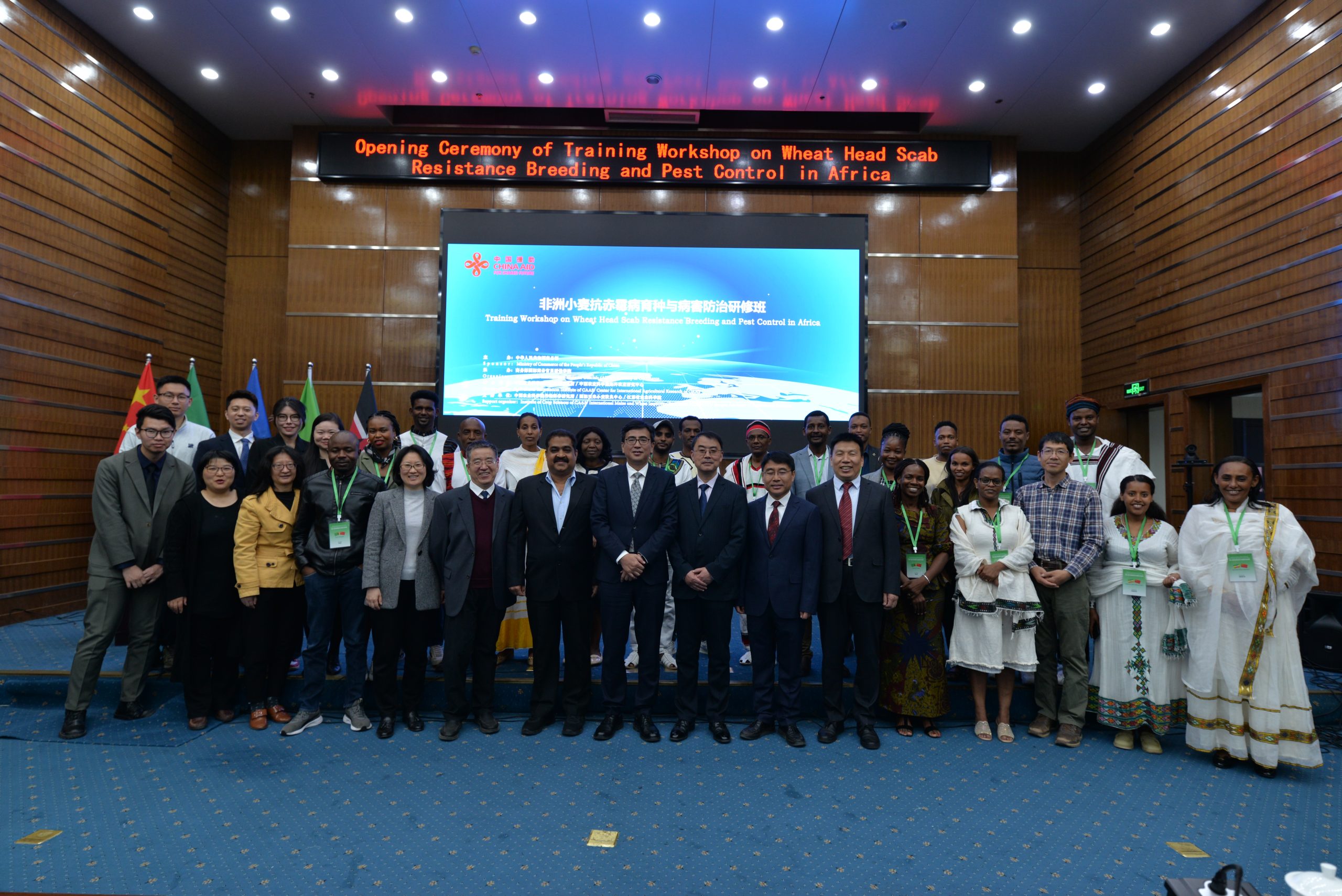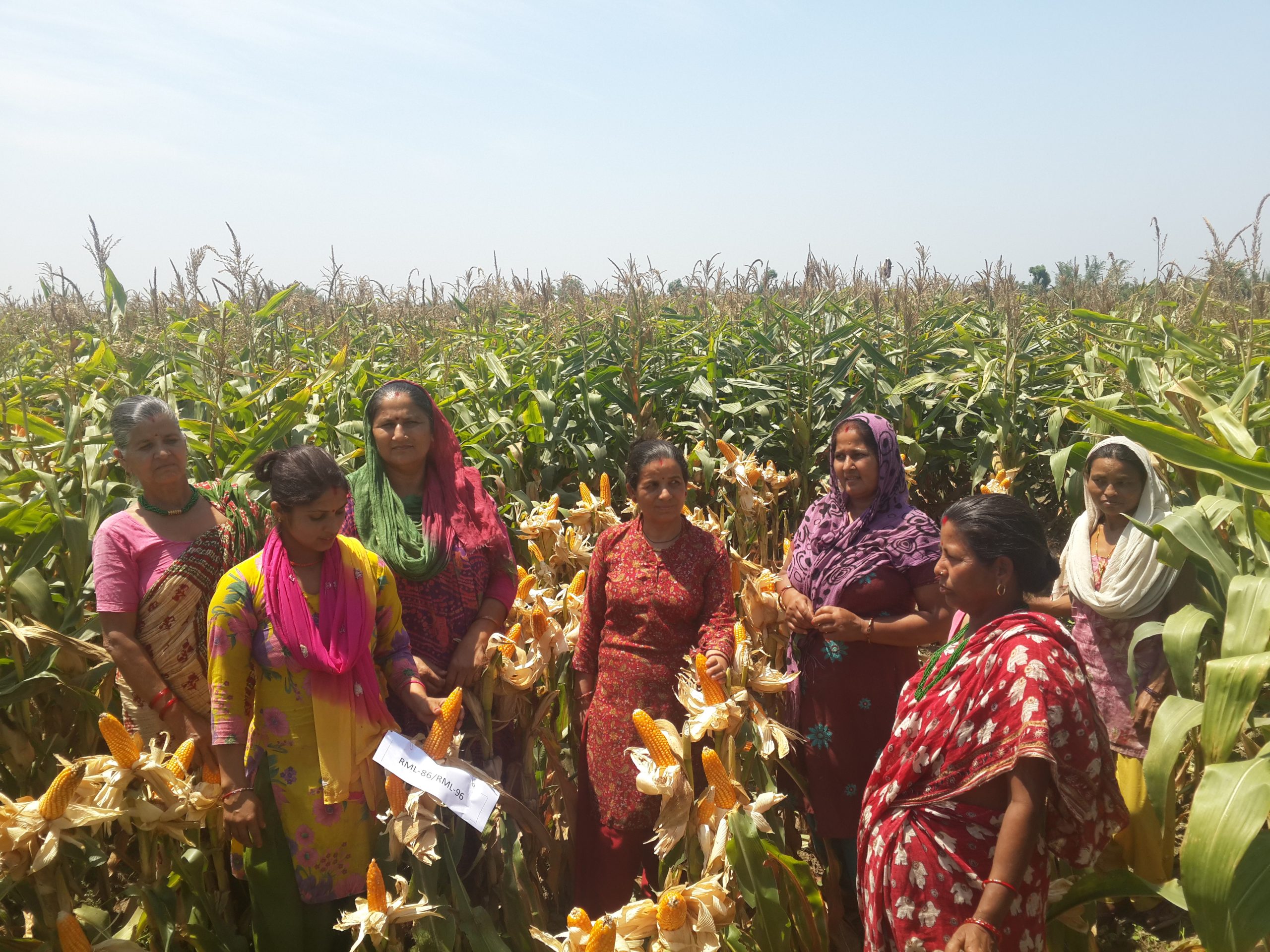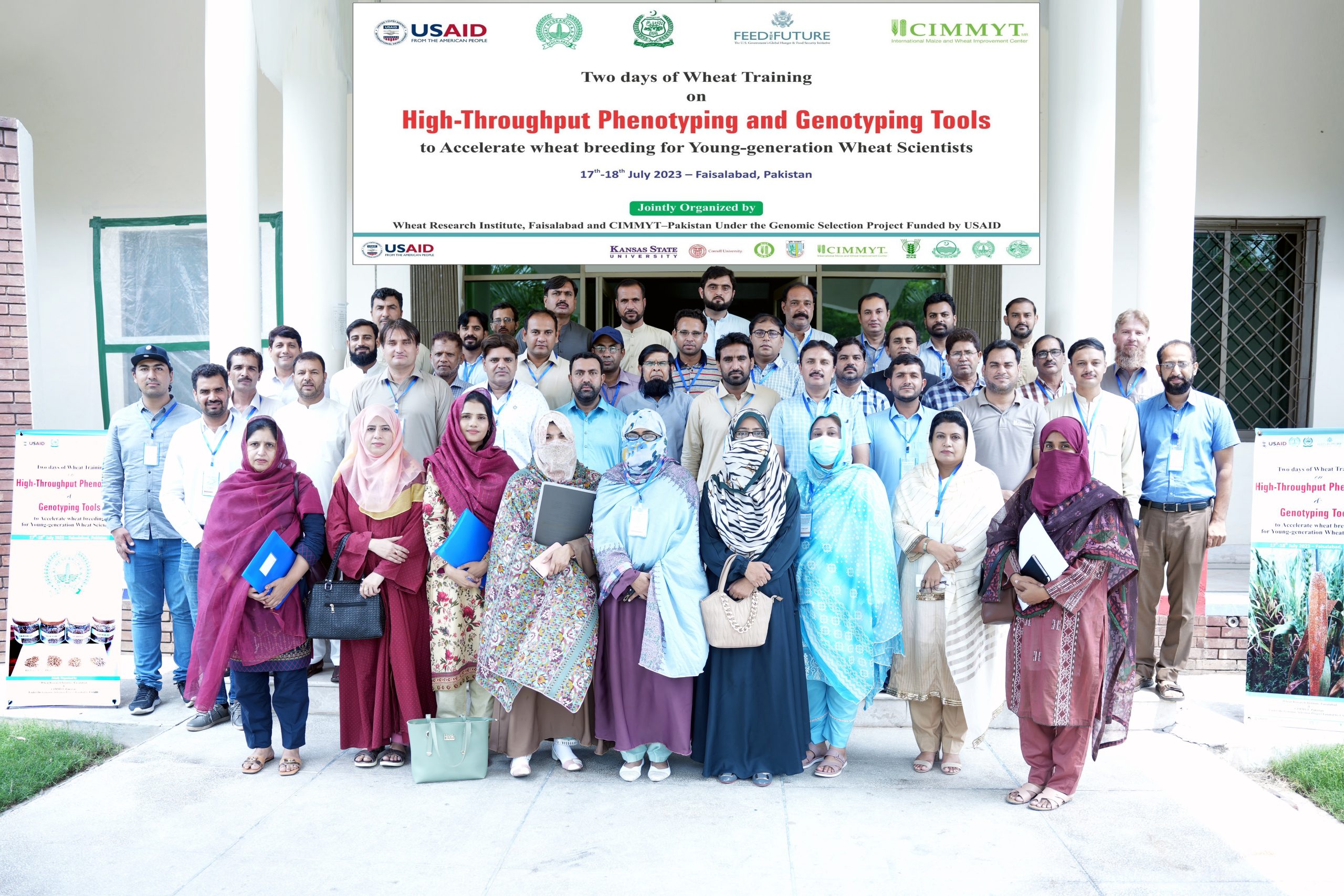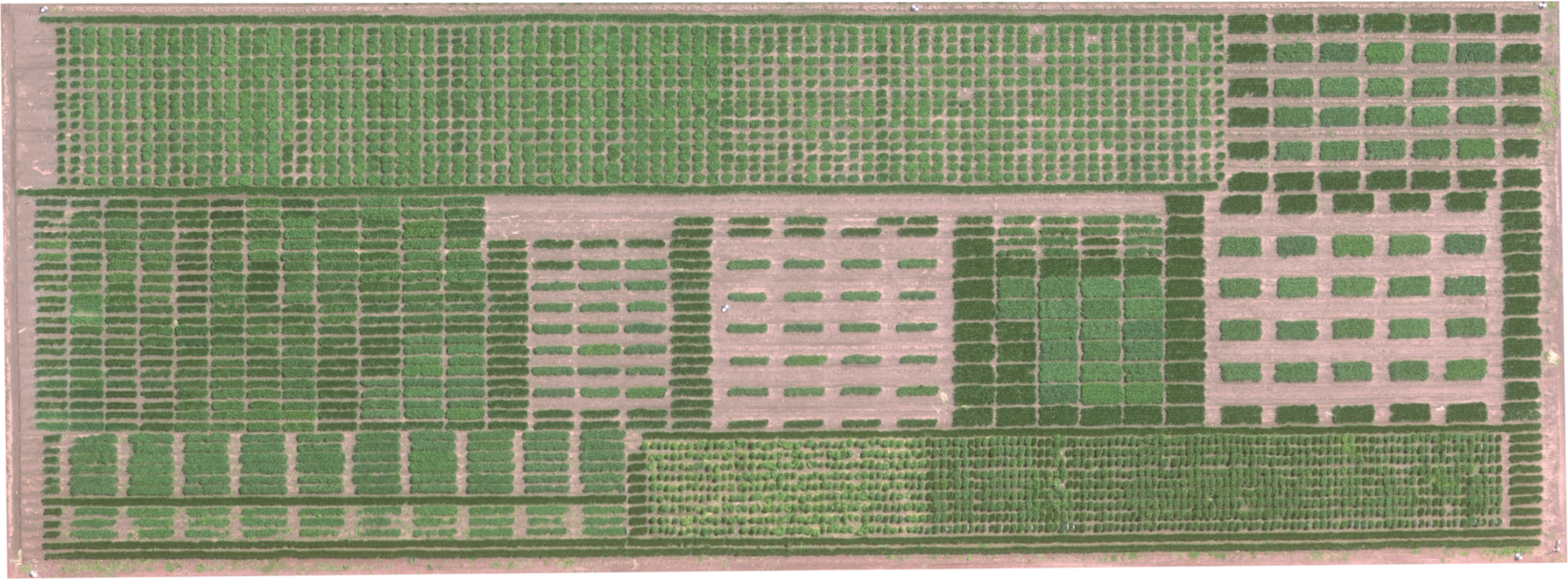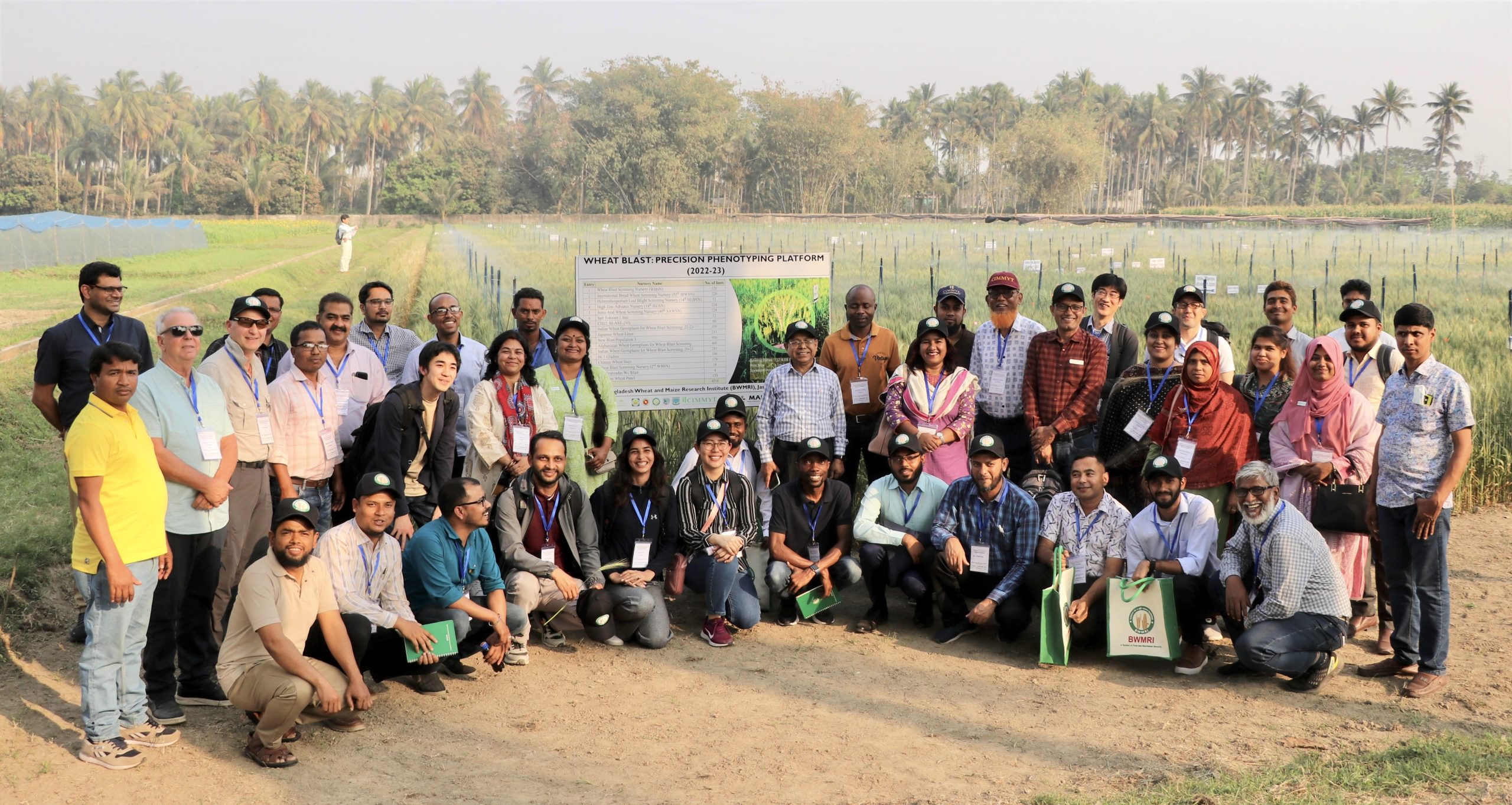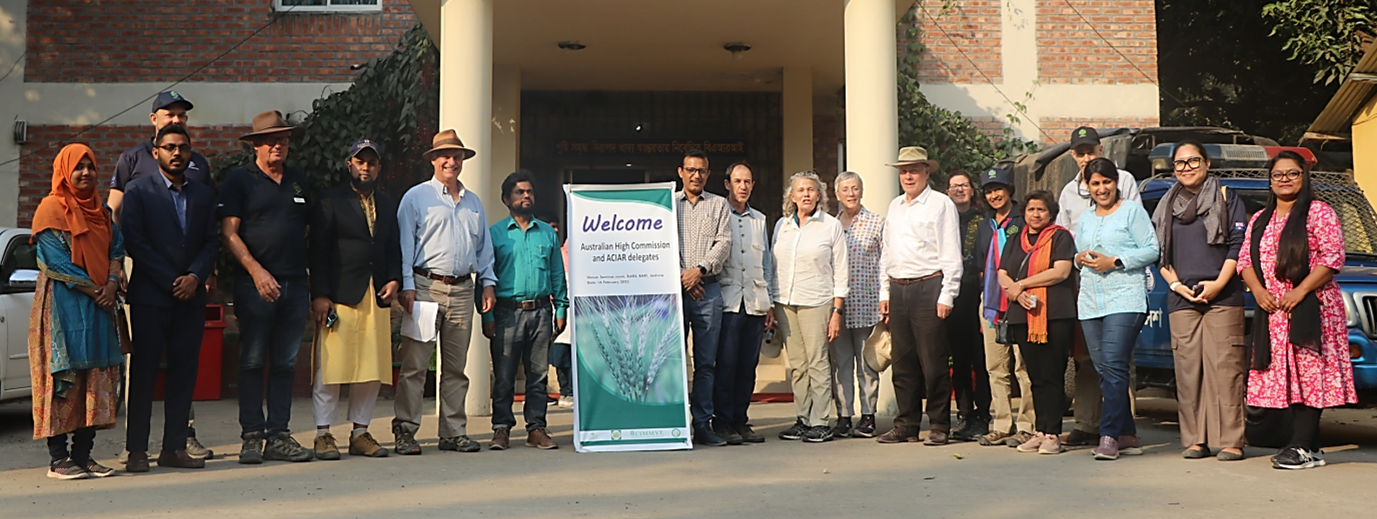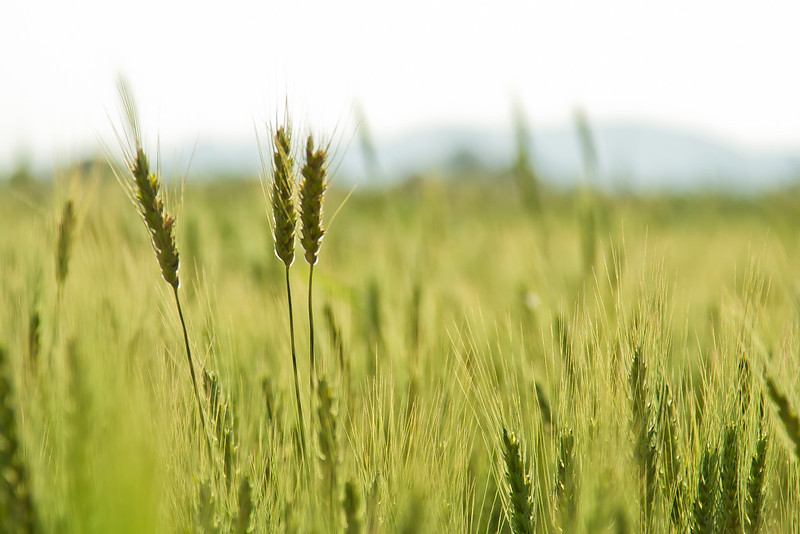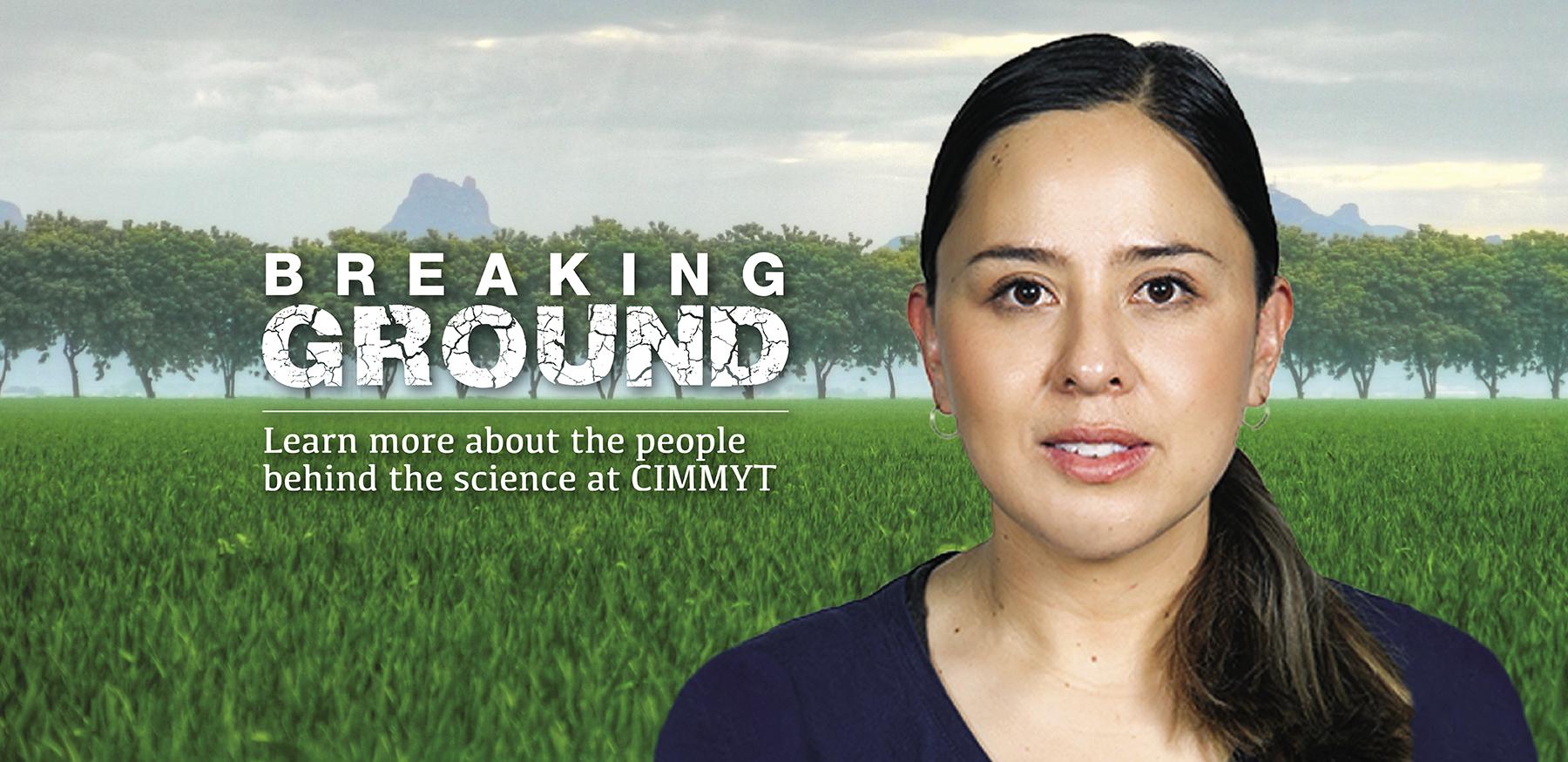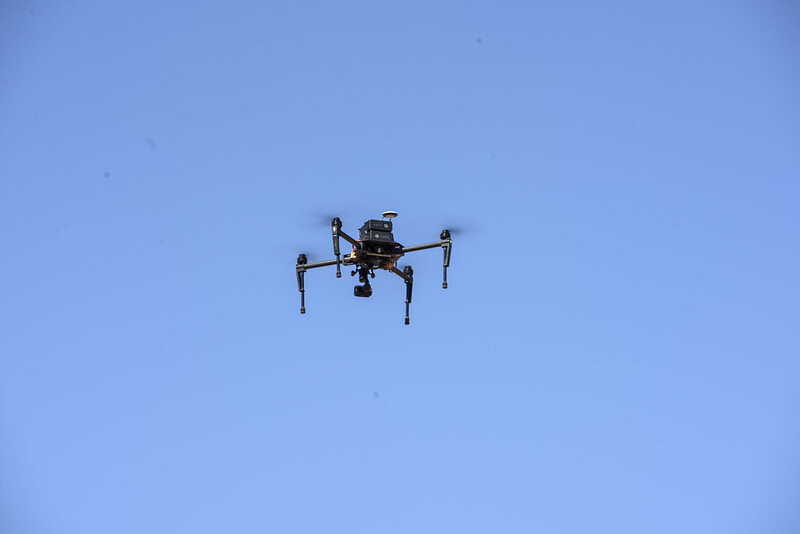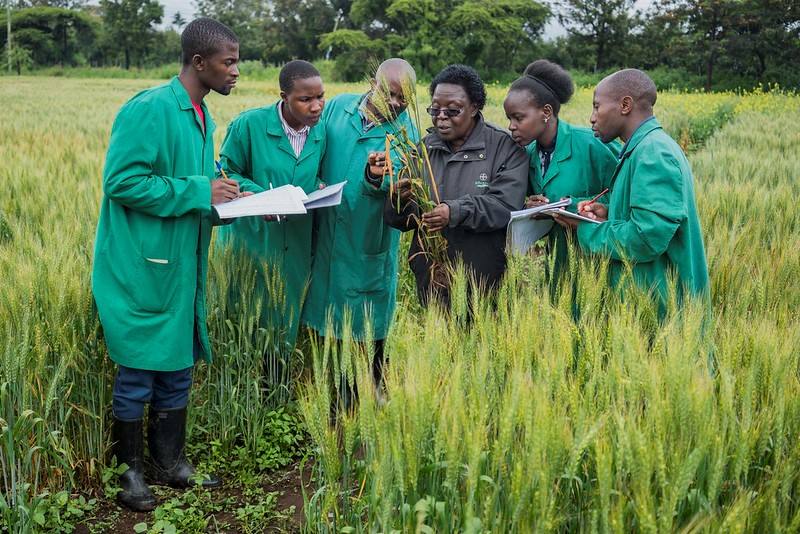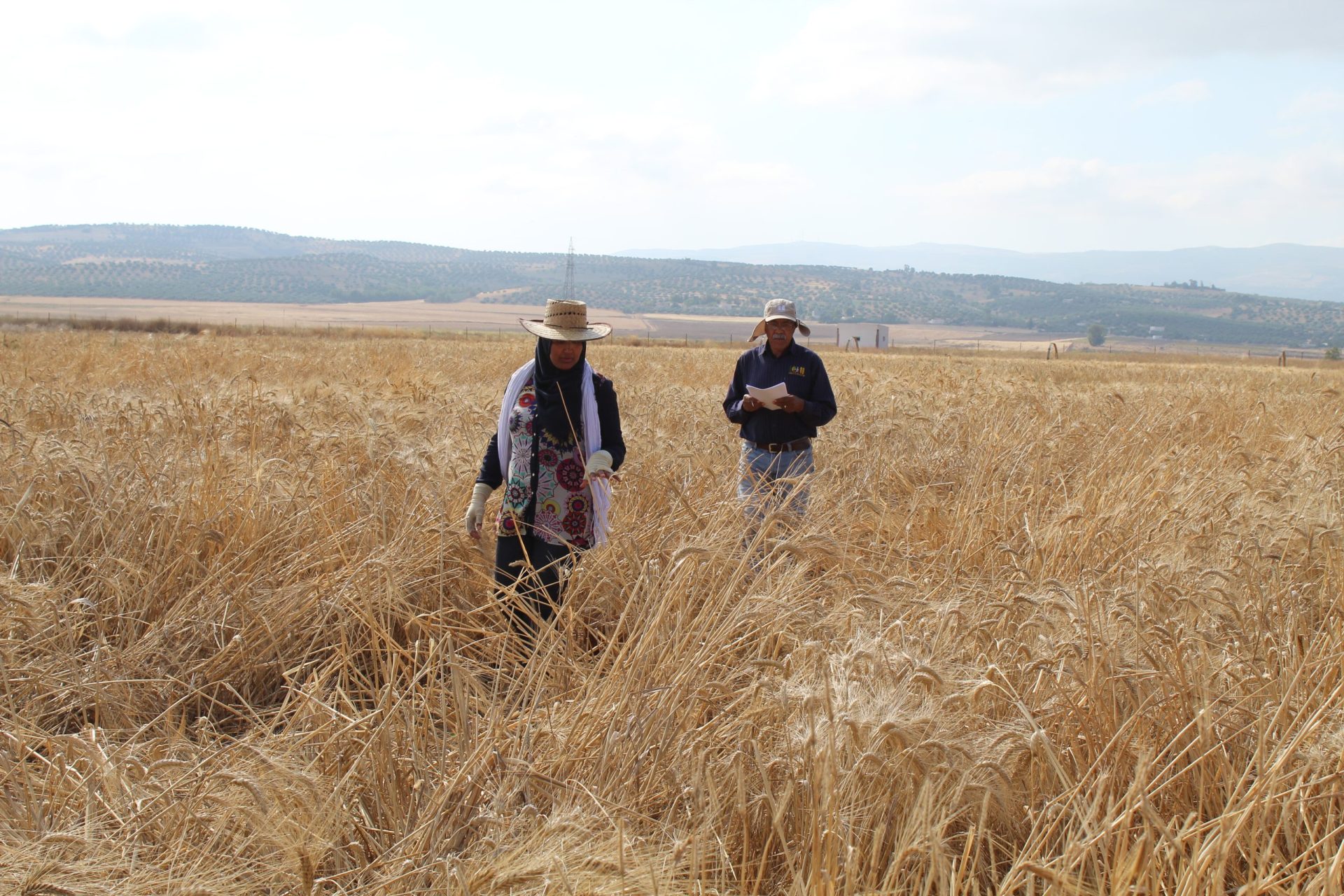phenotyping
Seeds to beat the heat in lowland tropics
Partners in South Asia commend HTMA project’s success in the wake of climate change
Deployment of new tools and technologies into the CGIAR-NARS breeding program increases the rate of genetic gain per dollar invested
 Innovations
Innovations
Innovative tools like molecular breeding, genomic selection, and doubled haploid technology boost genetic gain per dollar, enhancing efficiency in tackling drought and disease challenges in CGIAR-NARS breeding programs
Building global capacity to combat wheat blast
 Capacity development
Capacity development
In collaboration with ZARI and other partners, CIMMYT brought together wheat scientists, researchers, academics, policymakers, and extension agents to address the urgent threat of wheat blast across borders.
CIMMYT and China join forces to tackle wheat disease in Africa
 Capacity development
Capacity development
Experts from Chinese agricultural research organizations and CIMMYT partnered to deliver workshops for African scientists and breeders on mitigating the effects of wheat Fusarium head blight.
Heat tolerant maize hybrids: a pursuit to strengthen food security in South Asia
 Climate adaptation and mitigation
Climate adaptation and mitigation
CIMMYT’s systematic and targeted breeding strategy in South Asia helped develop 20 high yielding and heat-stress tolerant maize hybrids. The ongoing efforts strengthens the livelihood of farm families who are highly vulnerable to climate change in the Asian tropics.
Harnessing new high-resolution satellite imagery to plant breeding
 Innovations
Innovations
New study by CIMMYT researchers shows how multi-temporal, high-resolution satellite images can be used effectively to monitor breeding maize and wheat breeding plots in diverse environments.
CIMMYT and BWMRI host international training program on surveillance and management strategies for wheat blast
 Capacity development
Capacity development
Wheat researchers, government extension agents, and policy makers gather in Bangladesh to develop their skills in pathology, breeding, agronomy, integrated disease management and agricultural extension technologies.
The Australian High Commission, ACIAR and BARC delegates recognizes the BWMRI-CIMMYT collaborative wheat blast research platform in Bangladesh
 Environmental health and biodiversity
Environmental health and biodiversity
Delegates travelled to South Asia to witness the success of a collaboration which is combatting wheat blast disease in Bangladesh and for other wheat growing nations.
CIMMYT, AGG wheat experts share latest discoveries at BGRI Technical Workshop
 Climate adaptation and mitigation
Climate adaptation and mitigation
CIMMYT scientists recently joined peers in the international wheat research community to share latest findings, offer updates, and raise compelling questions at the 2021 Borlaug Global Rust Initiative Technical Workshop.
Breaking Ground: Fatima Camarillo invests in education
 Capacity development
Capacity development
Educator and researcher trains partners from around the world in CIMMYT’s unique wheat improvement course.
A view from above
 Innovations
Innovations
CIMMYT scientists use high-powered drones and space satellite imagery to accelerate crop improvement, fight pests and diseases and help farmers make better crop management decisions.
“Let there be food to eat”
 Capacity development
Capacity development
Longtime CIMMYT collaborator Ruth Wanyera nears retirement from an honorable and decorated career in wheat research.
Progress and opportunities for CIMMYT spring wheat breeding
 Innovations
Innovations
Scientists in the Accelerating Genetic Gains in Maize and Wheat for Improved Livelihoods (AGG) project share history and latest results at annual wheat research gathering.
Building resistance in wheat: International collaboration fights Septoria tritici blotch disease
 Capacity development
Capacity development
Tunisia-based Septoria phenotyping platform plays critical role in identifying sources of resistance to the disease.
